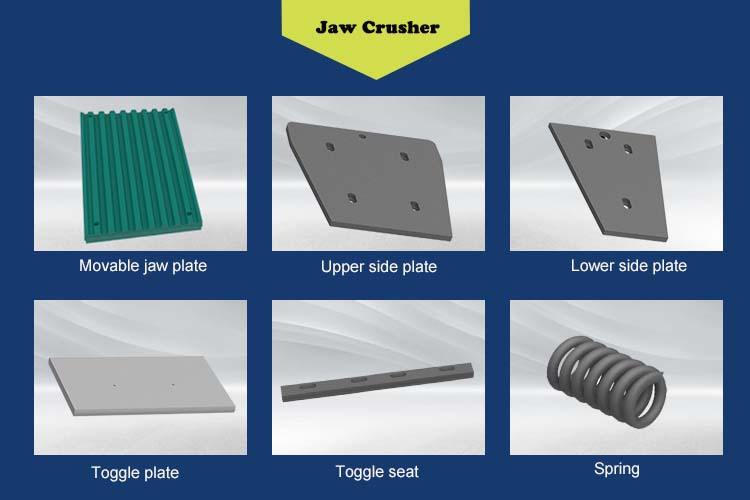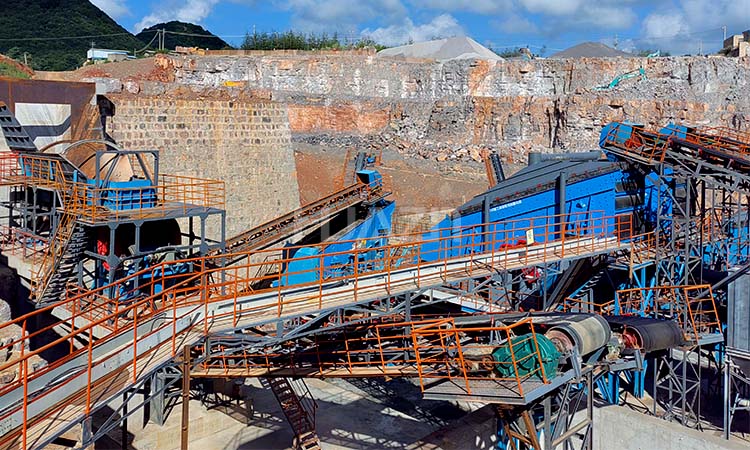Stone crushers are essential machines in mining, construction, and aggregate production. the crushers are used to break down large rocks into smaller sizes for various applications. The proper maintenance not only extends the machine’s lifespan but also ensures safety and optimal performance.
This article discusses maintenance and repair for stone crushers, including routine checks, lubrication, wear parts replacement, and troubleshooting common issues.

1. Routine Inspection and Cleaning
Regular inspections help identify potential problems before they escalate. Key areas to check include:
Crusher Frame and Body: Look for cracks, loose bolts, or structural damage.
Belts and Pulleys: Ensure proper tension and alignment to prevent slippage.
Bearings and Seals: Check for overheating, unusual noise, or leakage.
Electrical Components: Inspect wiring, switches, and motors for damage.
Hydraulic Systems: Check for leaks, pressure levels, and hose conditions.
Cleaning is equally important. Dust, dirt, and debris can accumulate, leading to overheating and component wear. Regularly clean the crusher’s interior, conveyor belts, and surrounding areas.

2. Lubrication of Moving Parts
Proper lubrication reduces friction, prevents overheating, and extends component life. Key lubrication points include:
Bearings: Use high-quality grease as per the manufacturer’s recommendations.
Jaw and Cone Crusher Mechanisms: Ensure smooth operation with appropriate lubricants.
Hydraulic Systems: Maintain correct oil levels and replace contaminated oil.
Always follow the crusher’s manual for lubrication schedules and use the recommended lubricants.

3. Wear Parts Replacement
Stone crushers experience significant wear due to constant impact and abrasion. Common wear parts include:
Jaw Plates (in jaw crushers)
Blow Bars (in impact crushers)
Mantle and Concave (in cone crushers)
Screen Meshes (in vibrating screens)
Monitor wear patterns and replace parts before they fail. Delaying replacement can lead to further damage and costly repairs.

4. Monitoring Crusher Performance
Track the crusher’s performance to detect inefficiencies early:
Output Quality: Check for oversized or unevenly crushed material.
Vibration and Noise: Excessive vibration may indicate misalignment or worn parts.
Power Consumption: A sudden increase in energy usage suggests mechanical issues.
Use modern monitoring systems (if available) to track performance metrics in real time.

5. Troubleshooting Common Issues
Some common stone crusher problems and their solutions include:
| Issue | Possible Cause | Solution |
| Unusual Noise | Worn bearings, loose parts | Inspect and replace bearings, tighten bolts |
| Overheating | Lack of lubrication, clogged vents | Lubricate properly, clean cooling systems |
| Low Output | Worn crushing parts, incorrect settings | Replace wear parts, adjust crusher settings |
| Excessive Vibration | Unbalanced rotor, misalignment | Check and balance rotor, align components |

Regular maintenance of stone crushers is crucial for efficient operation, reduced downtime, and prolonged equipment life. By following a structured maintenance schedule—including inspections, lubrication, wear parts replacement, and performance monitoring—operators can ensure smooth and cost-effective crushing operations.

